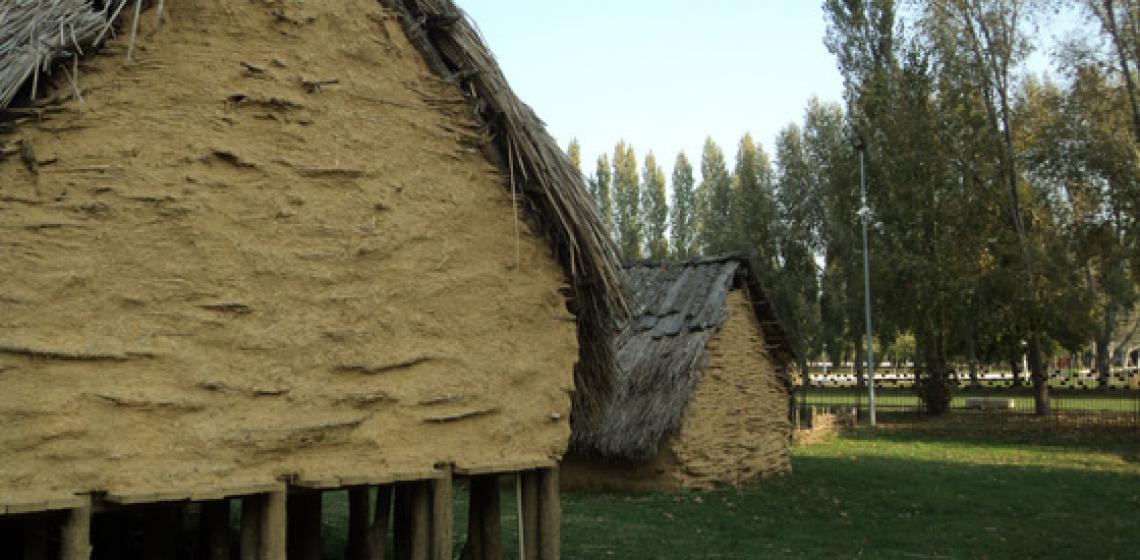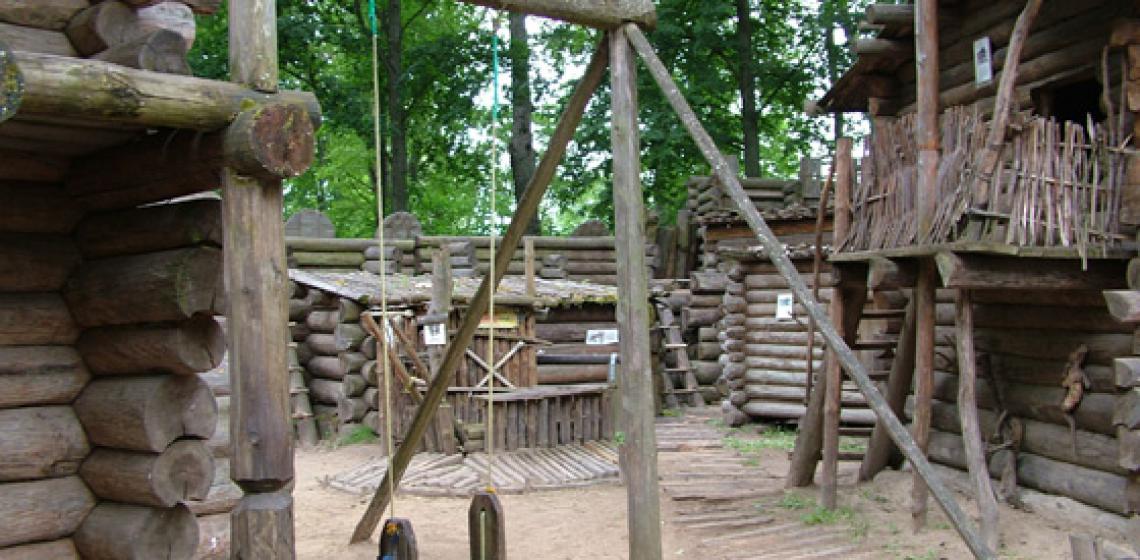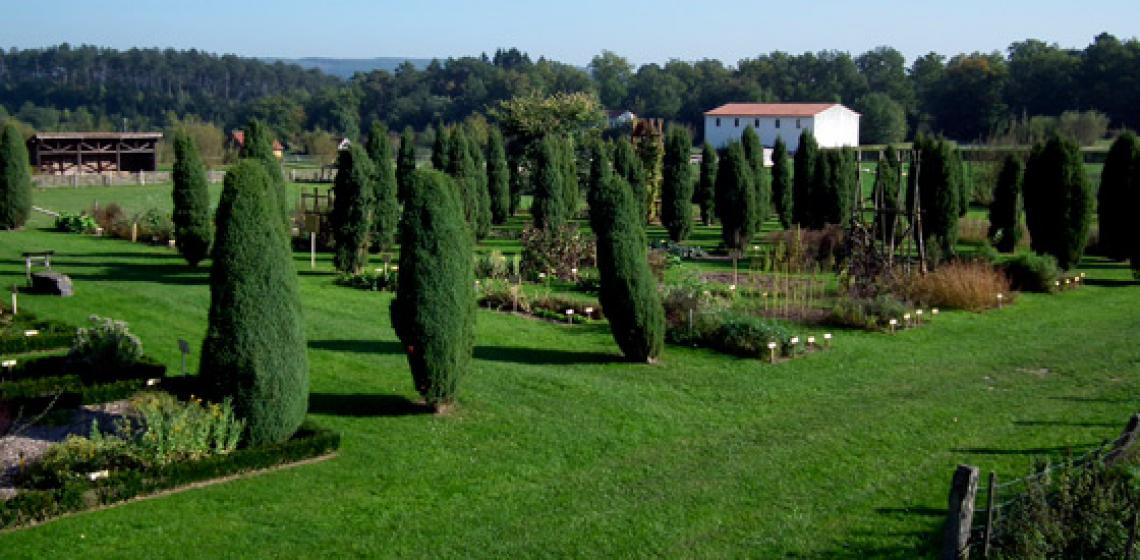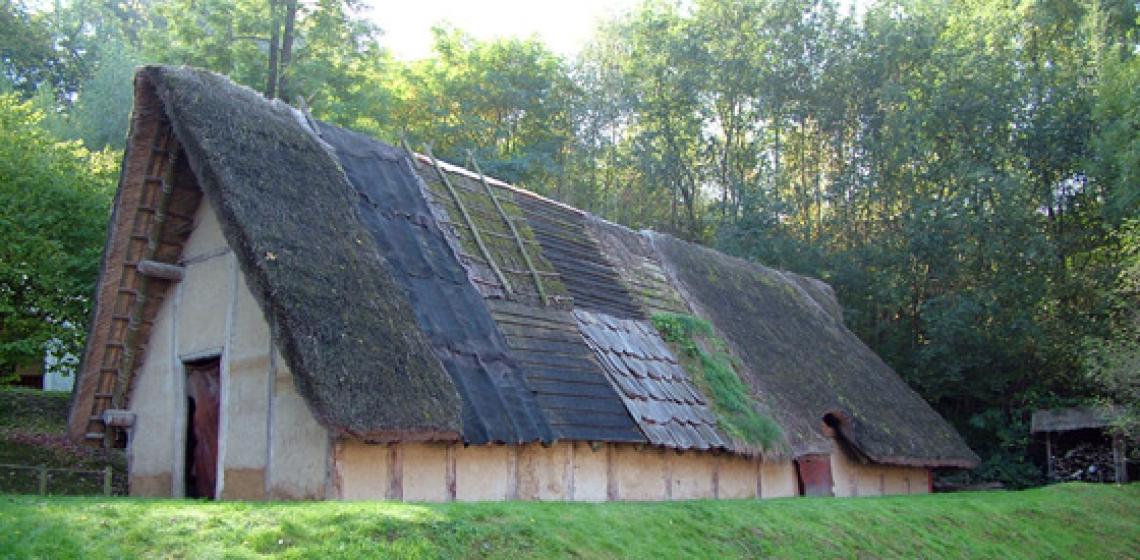Stenaldercentret Ertebølle (DK)
Ertebølle is a famous Danish Mesolithic site. In the 19th century, a large so called ‘køkkenmødding’ (shell midden) was excavated. The diet in those days was mainly seafood. Other more recently excavated Ertebølle (ca 5,300 BC-3,950 BC) sites are Skateholm and Tybrind Vig.
Ertebølle is a famous Danish Mesolithic site. In the 19th century, a large so called ‘køkkenmødding’ (shell midden) was excavated. The diet in those days was mainly seafood. Other more recently excavated Ertebølle (ca 5,300 BC-3,950 BC) sites are Skateholm and Tybrind Vig...










